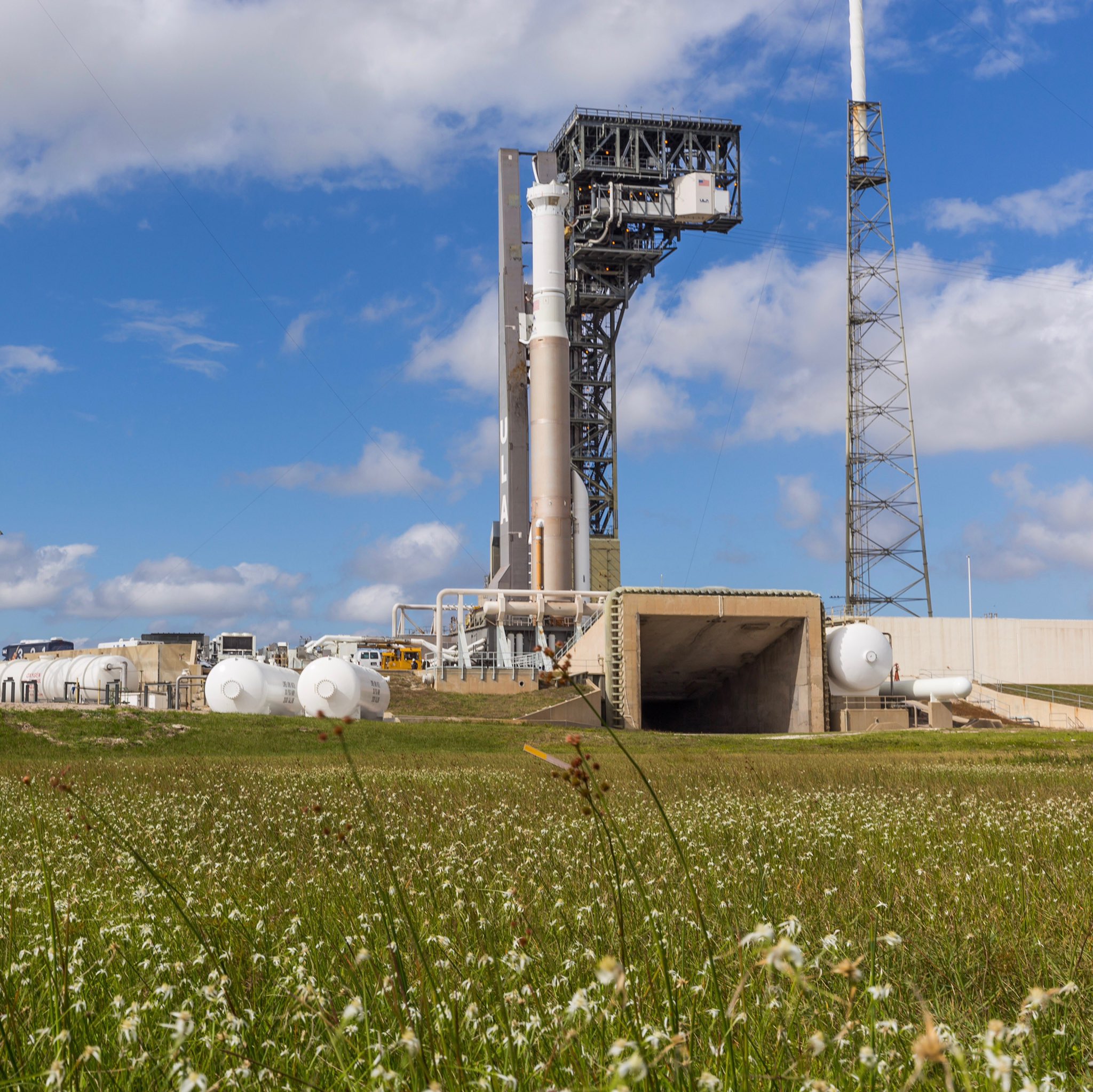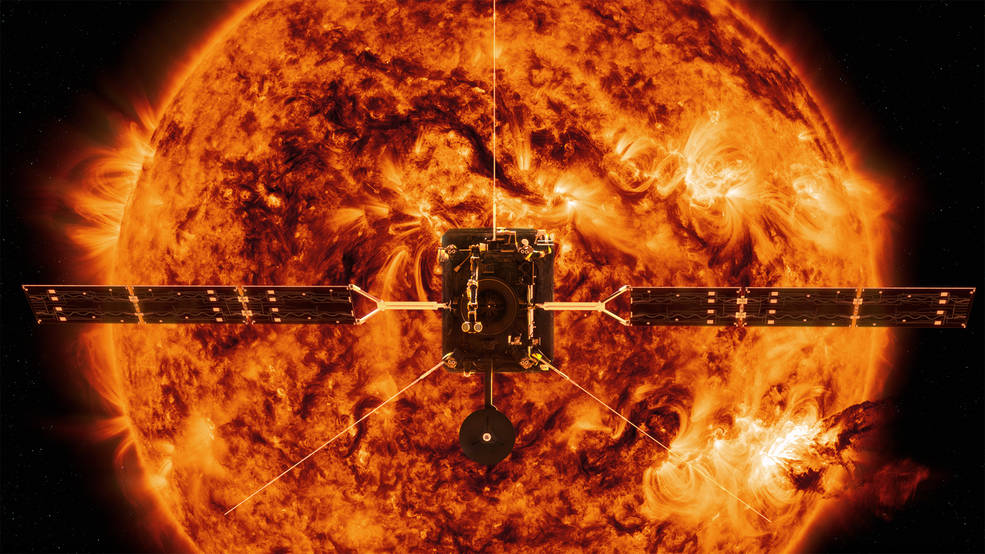Rocket glitch delays launch of European Solar Orbiter to Feb. 7
CAPE CANAVERAL, Fla. — The launch of the Solar Orbiter spacecraft, a European Space Agency (ESA) mission to study has been delayed two days after engineers discovered a rocket issue during preflight testing.
Liftoff is now slated for a two-hour launch window that opens on Feb. 7 at 11:15 p.m. EST (0415 GMT on Feb. 8). The spacecraft will fly on a United Launch Alliance (ULA) Atlas V rocket. The European Space Agency, which leads the Solar Orbiter mission in partnership with NASA, announced the delay on Sunday (Jan. 26).
"NASA, ESA, and ULA confirm the Solar Orbiter launch date adjusted to 23:15 EST Feb. 7 (0415 GMT Feb. 8) due to rescheduling of the wet dress rehearsal earlier this week," ESA's Solar Orbiter team wrote in a Twitter update.
Related: The Greatest Missions to the Sun Ever

The delay followed the discovery of a disconnected air-conditioning duct leading to the Atlas V's Centaur upper stage before the vehicle's scheduled "wet" dress rehearsal here.
Wet dress rehearsals are a routine run-through of launch-day procedures including fueling the vehicle. NASA requires this extra step for certain missions — like Solar Orbiter — with limited launch windows to prove that the rocket is ready to fly.

🚀Launch update: @NASA @ESA & @ULAlaunch confirm #SolarOrbiter launch date adjusted to 7 Feb 23:15 EST/ 8 Feb 04:15 GMT/05:15 CET due to rescheduling of the Wet Dress Rehearsal earlier this week.https://t.co/EKs4UjH1QW pic.twitter.com/NKJg1scE2RJanuary 26, 2020
Related: Space Weather: Sunspots, Solar Flares & Coronal Mass Ejections
Get the Space.com Newsletter
Breaking space news, the latest updates on rocket launches, skywatching events and more!
Solar Orbiter has a 19-day launch opportunity beginning Feb. 5 if it is to reach Venus by December, when it will then use that planet's gravity to sling itself closer to the sun. (There is a backup launch window later in the year, but it's less favorable.)
After inspecting the rocket's upper stage, the teams supporting Solar Orbiter's launch concluded that the duct was likely displaced by gusty winds at the launchpad. The countdown demonstration was successfully completed on Friday (Jan. 24), allowing the launch to be rescheduled.
For this mission, the Atlas V will fly in what ULA dubs the 411 configuration, meaning a 4-meter fairing, a single strap-on solid rocket booster, and a Centaur upper stage powered by a single RL10 engine. It will be the Atlas V's 82nd flight and only the sixth in this particular configuration.
Related: NASA's Parker Solar Probe Mission to the Sun in Pictures
The 3,970-lb. (1,800 kilogram) Solar Orbiter is taking 10 scientific instruments on its journey to the sun, including special cameras that will capture the first detailed images of the sun's poles.
"Solar Orbiter will be used to examine how the sun creates and controls the heliosphere, the vast bubble of charged particles blown by the solar wind into the interstellar medium," ESA said in the mission's description.
The spacecraft will work in tandem with another sun-observing spacecraft — NASA's Parker Solar Probe. Together, they will help scientists better understand the driving forces behind the solar wind and other solar phenomena.
- Here's What Earth Looks Like When You're Heading to the Sun
- Solar Quiz: How Well Do You Know Our Sun?
- Launch Photos! NASA's Parker Solar Probe Blasts Off to Touch the Sun
Follow Amy Thompson on Twitter @astrogingersnap. Follow us on Twitter @Spacedotcom or Facebook.
Join our Space Forums to keep talking space on the latest missions, night sky and more! And if you have a news tip, correction or comment, let us know at: community@space.com.

Amy Thompson is a Florida-based space and science journalist, who joined Space.com as a contributing writer in 2015. She's passionate about all things space and is a huge science and science-fiction geek. Star Wars is her favorite fandom, with that sassy little droid, R2D2 being her favorite. She studied science at the University of Florida, earning a degree in microbiology. Her work has also been published in Newsweek, VICE, Smithsonian, and many more. Now she chases rockets, writing about launches, commercial space, space station science, and everything in between.









